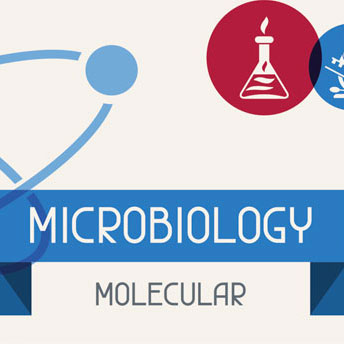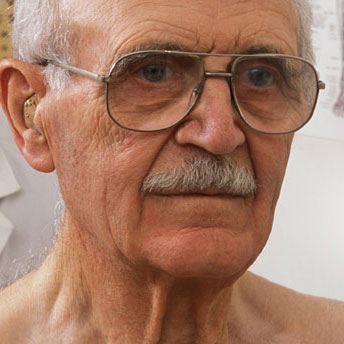
The average doctor’s appointment may be less than 10 minutes. Unfortunately, with Obamacare that may shrink.
Uncovering the Best Diagnosis
Patients are sometimes misdiagnosed or not able to be helped, especially when it comes to cancer or chronic diseases. Nothing magnifies this better than the article, “DIY Diagnosis: How an Extreme Athlete Uncovered Her Genetic Flaw” by Ed Yong, which features an athlete named Kim Goodsell who had to teach herself genetics to find out the cause of her disease. Unipathic Medicine believes the patient should not have to do this, and that physicians should have access to a medical blueprint dedicated to a deeper diagnosis in order to help patients.
A clear example of how the conventional model is very quick to diagnosis using a standard differential diagnosis. This does not work well for chronic diseases and cancer.
To start off our story, Kim is diagnosed with a nerve disorder called Charcot-Marie-Tooth disease. The problem is this is not the only thing she is afflicted with. According to Ed Yong, “Years before she learned that she had Charcot-Marie-Tooth, Kim discovered that she had another genetic disorder—one that affects the heart, arrhythmogenic right ventricular cardiomyopathy (ARVC). ARVC gradually replaces the heart’s synchronized beating muscle with fat and scar tissue. It nearly killed her once; she still has an internal defibrillator to keep her heart beating. But even though it was there in her medical records, her neurologist hadn’t seen fit to mention it in his report.” The medical blueprint given to Kim by Mayo Clinic was incomplete and pieces were ignored, and Kim was clearly a victim of oversight and a faulty diagnosis. But Kim went even deeper, by herself and with much resistance by the mainstream doctors who felt she was wasting her time and didn’t know what she was doing. Yong describes that, “Kim looked at every gene linked to Charcot-Marie-Tooth—there are more than 40 overall, each one imparting a slightly different character to the disease. One leapt out: LMNA, which codes for a group of rope-like proteins that mesh into a tangled network at the center of our cells.” LMNA stood out to Kim because it is linked to nerve disorders like Charcot-Marie-Tooth, which is what Kim had been diagnosed with. Naturally, she ordered a test, and sure enough, the test came back positive on one of her two copies: Kim had a LMNA mutation. In this case, Kim had to guide her own deeper diagnosis with outside help. Many patients are not as fortunate as Kim, and never receive the help that they need. Physicians need the right training and philosophy to ensure that patients get the deeper diagnosis that they need.
When approaching genetic issues the patient is the key, the patient and their unique genetic makeup and medical history. Unipathic Medicine realizes this and provides physicians with a personalized, streamlined approach dedicated to uncovering all aspects of a patient’s cancer and or chronic disease. If you have any questions about Unipathic Medicine or would like to learn more, please contact us.
References
[1] Yong, Ed. “DIY Diagnosis: How an Extreme Athlete Uncovered Her Genetic Flaw.” Pacific Standard Magazine. August 19, 2014. http://www.psmag.com/navigation/health-and-behavior/diy-diagnosis-extreme-athlete-uncovered-genetic-flaw-88763/
Questions?
Would you like to learn more about Unipathic Medicine and options for you or a loved one? Send us a message and a well-trained member of our team will promptly respond. Best of health!
Your message has been sent!2024 ™ Unipathic Medicine. All Rights Reserved. Home |Disclaimer | Privacy Policy | Terms of Use



